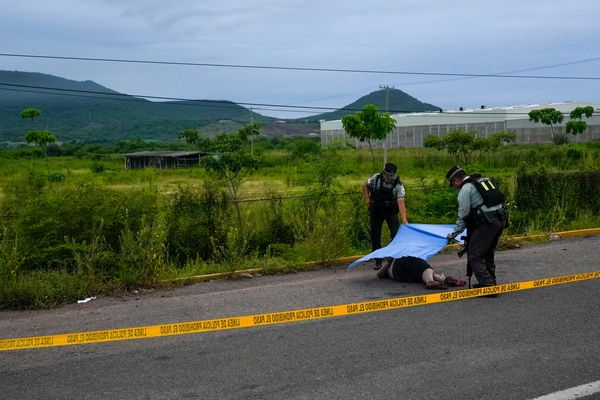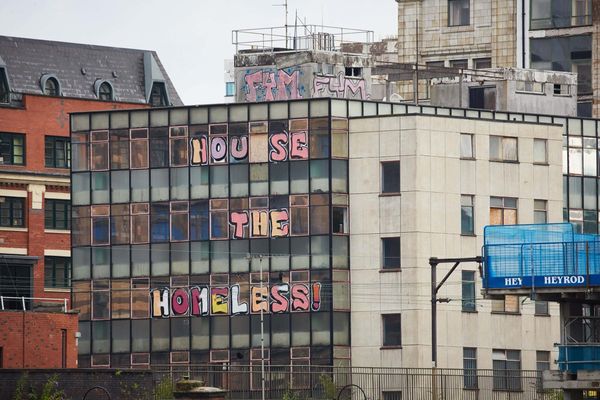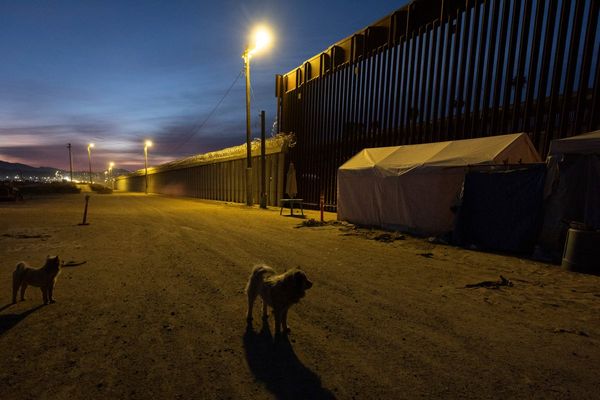
One of the characteristics of Peter Dutton’s federal Coalition that Crikey has pointed out a number of times, but which still seems not to have penetrated the sage minds of other outlets, is that this isn’t the Coalition we’re used to. It’s not the “broad church” dominated by NSW and Victorian Liberals and led by a Sydney Liberal (if you’re over 40, you might remember a time when Melbourne provided Liberal leaders, but the idea is now risible anywhere outside of Dan Tehan’s dreams).
Instead, it’s a Queensland LNP affair: there are nearly as many Liberal National MPs from Queensland (21) as there are Liberals from elsewhere (25, including the not-Liberal-enough Ian Goodenough), and combined with the Nationals, who never met a trough of taxpayer money they didn’t like, they dictate the direction of the alliance.
This numerical superiority is exacerbated not merely by Peter Dutton leading them, but by the fact that, with the removal of Josh Frydenberg at the last election, there are no Liberal figures of note in the Coalition to articulate Liberal values internally. The shadow treasurer, who in normal circumstances would be a potential successor and even rival to Dutton, is the laughable Angus Taylor; the Liberal component of the shadow ministry is populated by second-raters like Paul Fletcher. It’s no wonder that the Nationals have seized the chance and steered the Coalition toward breaking up supermarkets, even if Bridget McKenzie got into strife calling for Qantas to be broken up too.
With the LNP and the Nationals in charge in the opposition, fiscal discipline has also gone out the window, with some Queensland-style big regional thinking infiltrating the very heart of the Coalition. One of the funnier responses to the Queensland election result — apart from Labor claiming a sort of moral victory, and the Greens trying to make it all about themselves — was Peter Dutton saying that the result would inevitably be translated into next year’s federal election because “the lessons are that if you treat people with contempt, if you run up huge debt, you mismanage the economy, you create a cost of living crisis, you can expect the electorate to punish you”.
Dutton was the senior minister of a government that, according to its preelection fiscal statement, was on track for an impressive $180 billion in deficits from 2022-25, and net debt of 33% of GDP, all pumped into a high-inflation economy. Since then, Labor has racked up two of the surpluses the Coalition couldn’t manage in nine years and net debt will now peak just under 22% of GDP, and likely lower given this year’s deficit is shaping up as lower than forecast.
But more to the point, how does the Queensland LNP fare when it comes to debt?
Queensland Labor, as many another government of both persuasions have, died throwing money at voters, with promises galore to Queenslanders, funded by years of debt — and not, as with the Commonwealth’s deficit spending this year, to spur anaemic economic growth, but into a comparatively strong economy. Did the LNP promise to correct that situation? Well, it didn’t match Labor’s ridiculous, no-voter-left-unbribed spending splurge during the election campaign, but nor has it promised to fix Labor’s deficits — in fact the LNP promised during the election to send Queensland debt up to exactly the same level as Labor promised in its last, awful, budget.
If $171 billion isn’t, per Dutton, a “huge debt” for a state government, it will certainly do until one arrives.
This easy-come-easy-go attitude to taxpayer money is at the heart of Dutton’s signature policy, to prop up coal-fired power stations by promising to build nuclear power plants by mid-century. Once upon a time, Dutton was promising his friends at The Australian he would announce the policy details before the May budget. After a Don Farrell-like succession of headlines about the policy being just around the corner, apparently the end of the year is the latest deadline. But we already have some idea of the fiscal damage: at least $100 billion, assuming everything going well (given usual Australian infrastructure blowouts, more likely $120-130 billion).
We also know that nuclear power plants mean much higher costs for consumers unlucky enough to be forced to purchase power from them. Dutton insists nuclear power is cheaper, citing “we could be like Ontario, where they’ve got 60 or 70% nuclear in the mix, and they’re paying about a quarter of the price for electricity that we are here in Australia.” Alas, the truth is the provincial government in Ontario spends $7 billion a year subsidising nuclear-generated power because it’s so expensive.
That’s just one plant. Dutton wants seven of them — and is promising unspecified “compensation” to regional communities for having nuclear reactors planted in their midst.
$100 billion to build. $7 billion a year subsidies. Unspecified billions in compensation to buy off locals. The numbers always add up to eye-watering amounts with Dutton. And always at the expense of taxpayers. He’s got the LNP’s fiscal indiscipline and obsession with regional boondoggles but with a national canvas to draw on. No wonder he thinks $171 billion in debt is neither here nor there for a state government.
Without any worthwhile Liberal representation in the current federal Coalition, what alternative is there for conservative voters who want some discipline exercised over the spending of taxpayer money?
How does the Coalition under Peter Dutton compare to past iterations? Let us know your thoughts by writing to letters@crikey.com.au. Please include your full name to be considered for publication. We reserve the right to edit for length and clarity.







